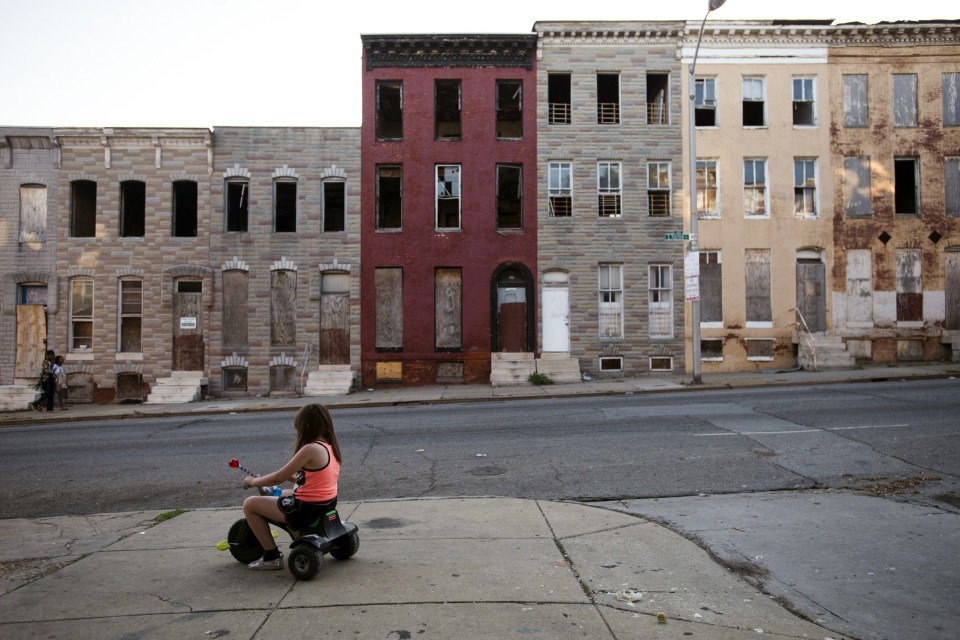Nicolas Berggruen is the publisher of Noema Magazine and the chairman and co-founder of the Berggruen Institute.
Nicolas Berggruen is chairman of the Berggruen Institute and publisher of The WorldPost.
In a bull market, stocks rise together as the tide of a growing economy lifts many boats. Conversely, in a tiring market, the number of stocks making gains tends to grow smaller and smaller, since having a healthy market and economy require more than just a handful of giant successes like Google, Amazon and Apple. There also needs to be a wide array of growing businesses, forging the way to a diverse future.
The same pattern occurs with a nation’s cities. In a country where the economy and politics are healthy, there are almost always a significant number of flourishing cities — cities with leadership in different industries, with distinct cultural scenes and with social cohesion. But as a country slumps into decline, the number of healthy cities tends to shrink. Even if a primary city does well, it is still a bad sign when secondary and tertiary cities start to stagnate.
Consider ancient Greece, the birthplace of Western democracy, philosophy, medicine and mathematics. During the classical period, Athens was considered the crown jewel, but there were many other thriving city-states across the region. Peninsular hotspots included Sparta, Athens’s famous rival, but Delphi, Thebes and Corinth were also sites of great cultural and intellectual innovation, as were farther-flung cities such as Rhodes, Pergamon in Asia Minor and Syracuse on Sicily. The decline of classical Greece was marked by a diminishing vitality of many of these cities, especially after the Roman general Sulla crushed their revolt in 88 BCE.
In the industrial heyday of the United States, cities were burgeoning: from Boston to Baltimore on the eastern seaboard to the great North American interior. In Ohio, there was Cleveland in the north and Cincinnati in the south with Toledo, Akron, Columbus and Dayton in between. In the early part of the 20th century, each of these was home to dynamic businesses with national or global reach. The same was true for cities across the industrial heartland, from Detroit and Indianapolis to Louisville and St. Louis to Milwaukee and Kansas City. In the postwar years, cities across the sunbelt also thrived, from Jacksonville to Houston to Phoenix.
Over time, however, as nations and empires ossify, cultural and economic energy has a tendency to concentrate into fewer and fewer cities, eventually leaving just a handful or even a single thriving city. In the United States today, the well-known split between the “blue states” and the “red states” is sometimes glossed over as an urban-rural divide, but in fact it is more of a divide between a handful of cities that are doing well and the many that are struggling, especially smaller cities and towns of the Midwest and the South.
The same pattern is taking place in many Western industrial countries. In France and Britain, for example, vast amounts of cultural, economic and political dynamism has been sucked into Paris and London, while the more provincial cities have been left to languish and decline. A big part of the Brexit vote was driven by disaffected voters in the rustbelt cities of the British Midlands and the north, while London voted to remain.
This concentration of dynamism into fewer and fewer cities in North America and Europe stands in sharp contrast to the rise of more and more enterprising urban centers in China and South Asia. While the West has paid great attention to the rise of Chinese megacities like Beijing and Shanghai and the Guangzhou-Dongguan-Shenzhen-Hong-Kong mega-region, today every bit as wealthy and technologically sophisticated as most Western cities, perhaps even more impressive has been the rise of so-called secondary and tertiary cities and regions.
Secondary Chinese cities such as Wuhan, Shenyang, Nanjing, Harbin, Chengdu, Chongqing and Xian all have more than 5 million people living in their metropolitan regions and are home to booming expert sectors, rapidly improving universities and fascinating cultural scenes. And tertiary cities like Putian (in Fujian province), Suqian and Lianyungang (in Jiangsu province) and Qingdao and Yantai (in Shandong province) are all expected to see their real GDP grow by 30 percent or more over the next few years. The Chinese government has focused assiduously on providing policy incentives to supercharge the fortunes of these cities.
The same goes for India. South Asia at present only has two cities accorded “alpha” status by the Loughborough University index of global cities: Mumbai and New Delhi. But it also has four more “beta” cities waiting in the wings. Cities like Bangalore, Chennai and Hyderabad, along with Pune, Surat, Patna and Lucknow, all have thriving cultural scenes and world-class specialized industrial plants. What the scholar Kanekanti Chandrashekar Smitha refers to as India’s entrepreneurial urbanism points to India’s continuing emergence as a great 21st century economic and political power.
Urban dynamism, in short, provides a measure of a region or country’s vital energies. A healthy country needs more than a small handful of cities to be fit in order for the whole to be vigorous. The countries that develop and balance the largest number of healthy cities will be the great winners. Right now, it appears that the East is getting healthier, adding new urban nodes to the network of globally interconnected cities, while the West is losing them.
This was produced by The WorldPost, a partnership of the Berggruen Institute and The Washington Post.





